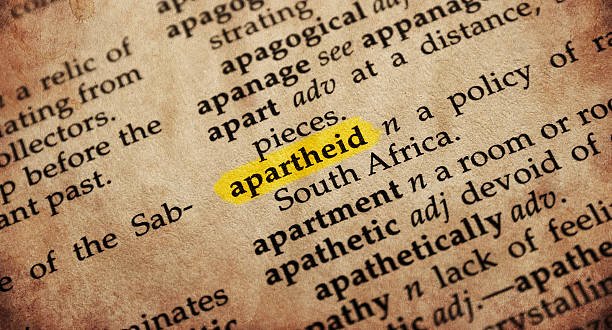How Many Apartheid Laws Were There
Apartheid Laws in South Africa: An Overview with Examples
Apartheid, which means “apartness” in Afrikaans, was a system of institutionalized racial segregation and discrimination in South Africa between 1948 and 1994. Enforced through a series of legislations, it aimed to maintain white supremacy by marginalizing the country’s non-white population. There were many apartheid laws passed during this period, and while it’s challenging to pin down an exact number due to the extensive nature of the regulations and amendments, we can explore some of the most significant ones to get a glimpse into the rigid apartheid structure.
How Many Apartheid Laws Were There
The apartheid system in South Africa was enforced through a multitude of laws and amendments from 1948 to 1994. There isn’t an exact number of apartheid laws due to the complexity and intricacy of the legislation system. However, over this period, dozens of significant laws were passed to institutionalize racial segregation and discrimination. These laws encompassed various aspects of daily life, from defining racial classifications like the Population Registration Act to determining where people could live with the Group Areas Act, to personal and social interactions with acts like the Prohibition of Mixed Marriages Act and the Immorality Act. Each of these laws furthered the state’s agenda of maintaining white supremacy by marginalizing and controlling the non-white population.
1. The Population Registration Act, 1950
This act required the classification of South Africans by race. People were categorized as White, Black (African), Coloured (of mixed descent), or Asian (Indian and Pakistani). This classification would determine where one could live, work, and with whom one could form relationships.
2. The Group Areas Act, 1950
One of apartheid’s cornerstones, this act allocated specific areas for different racial groups, ensuring spatial separation. It resulted in forced removals where non-whites were evicted from areas designated for white occupation. Notably, the vibrant multi-racial district of District Six in Cape Town was declared a “white only” area, leading to the displacement of over 60,000 residents.
3. The Prohibition of Mixed Marriages Act, 1949
This law forbade marriages between white people and people of other races. In essence, it sought to prevent the blurring of racial boundaries.
4. The Immorality Act, 1950
Furthering the Prohibition of Mixed Marriages Act, the Immorality Act made sexual relations between white people and individuals of other races a criminal offense.
5. The Bantu Education Act, 1953
This act ensured a separate and unequal education system for Black South Africans. It was designed to prepare Black individuals for roles as a laboring class. The quality of education Black students received was inferior, and its curricula were heavily censored.
6. The Pass Laws, enforced through various acts
These laws required Black South Africans to carry pass books, known as “dompas”, when outside their designated areas, which were essentially internal passports. Failing to produce a pass when asked by the police could result in severe penalties.
7. The Reservation of Separate Amenities Act, 1953
Public amenities, like buses, parks, and restrooms, were segregated by race. Each facility was labeled clearly to denote which race could use it, leading to inferior facilities for non-whites.
8. The Suppression of Communism Act, 1950
While ostensibly about communism, this act was broadly used against anti-apartheid activists. The apartheid government labeled any opponent or resistance as “communist”, thereby justifying their arrest.
Conclusion
The aforementioned laws are just a glimpse into the intricate web of apartheid legislation. The reach of these laws affected every aspect of daily life, from the mundane to the significant, resulting in decades of racial division and suffering. By understanding these laws and their implications, we can better appreciate the magnitude of South Africa’s journey away from apartheid and its ongoing pursuit of equality and justice.

